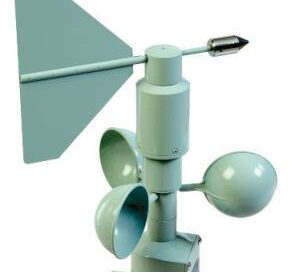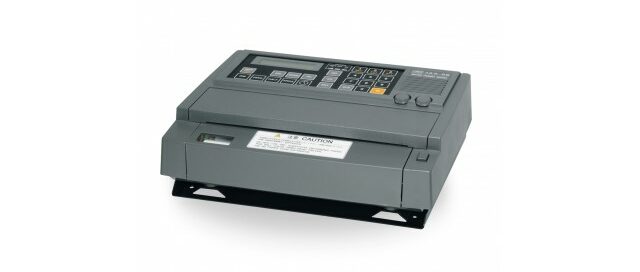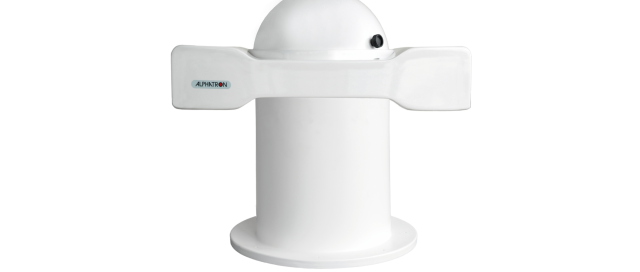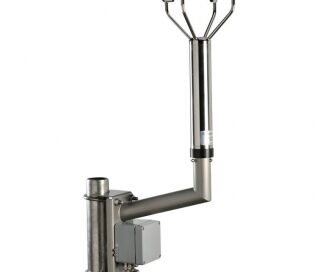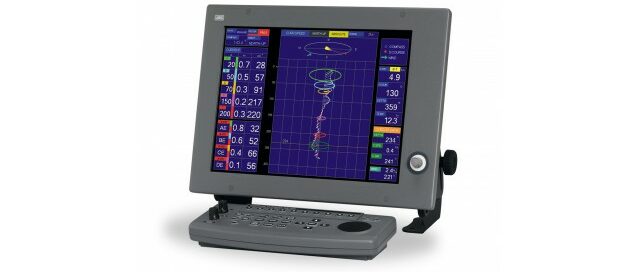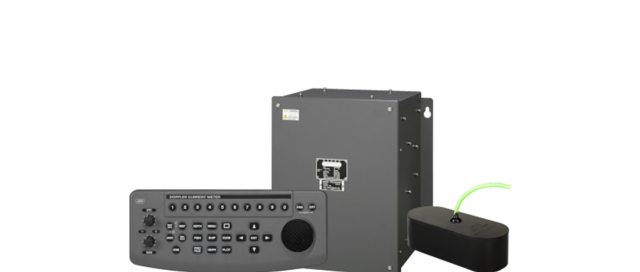OMC-160 Mechanical
The OMC-160 wind sensor is a combined wind speed and direction sensor, based on the cup and vane principle. It is made from the highest quality stainless steel materials and internal non-contact measuring devices. This sensor has a long life span, having the highest accuracies within both the low range, as well as the high range wind speeds. This sensor is commonly used within the shipping and offshore industry, but can also be found on airfields, container terminals, harbors, along highways and on bridges.


